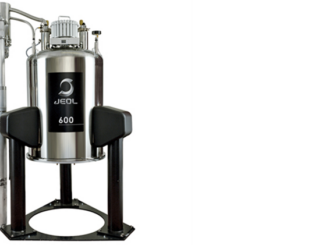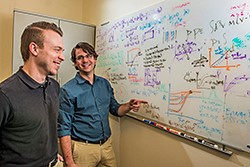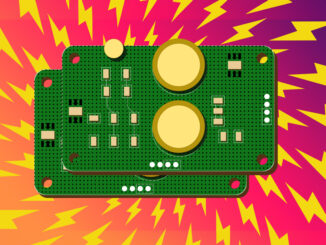
Introduced 25 years ago, Metrolab’s nuclear magnetic resonance field cameras have revolutionized the process of field mapping magnetic resonance imaging magnets. Now the company has introduced a new software tool that provides a unique interface for both its latest system, the MFC2046 field camera as well as its legacy model MFC3045, providing fresh capabilities to technicians who use the cameras in the production and installation of MRI systems all over the world.
The new MFCTool v. 10.3.1 can be used to map magnetic fields with either system. The MFC2046 system contains an NMR Precision Teslameter PT2026 which is the most precise NMR magnetometer on the market, the company says. In optimal conditions, it achieves a precision of under ten parts per billion. The PT2026 can be used for single-point measurements or with a probe array such as the company’s new generation MFC9046 Probe Array, which is a semi-circular plate typically holding 32 NMR probes (with a theoretical maximum of 255 probes).
Magnetic resonance imaging (MRI) and nuclear magnetic resonance (NMR) spectroscopy applications require a highly uniform magnetic field, within at most a few parts per million. NMR, a resonance phenomenon seen when you irradiate a sample in a magnetic field with an RF field, is the only magnetic measurement technique capable of providing a field map with that degree of precision, explains Metrolab.
Field mapping is the process of measuring magnetic field intensity at many different points in order to understand the structure of the field for MRI magnets. Metrolab camera systems have reduced acquisition times from hours to minutes, positioning errors to fractions of a millimeter, and they have rendered negligible human error as well as error due to the slow drift of the field in a superconducting magnet.
Located in Plan-les-Ouates, Switzerland, south of Geneva, Metrolab builds instruments to measure strong magnetic fields with great precision. Established in 1985, the company’s systems are found in large physics laboratories and at manufacturers of magnetic resonance imaging products across the world. For more info, see www.metrolab.com.



